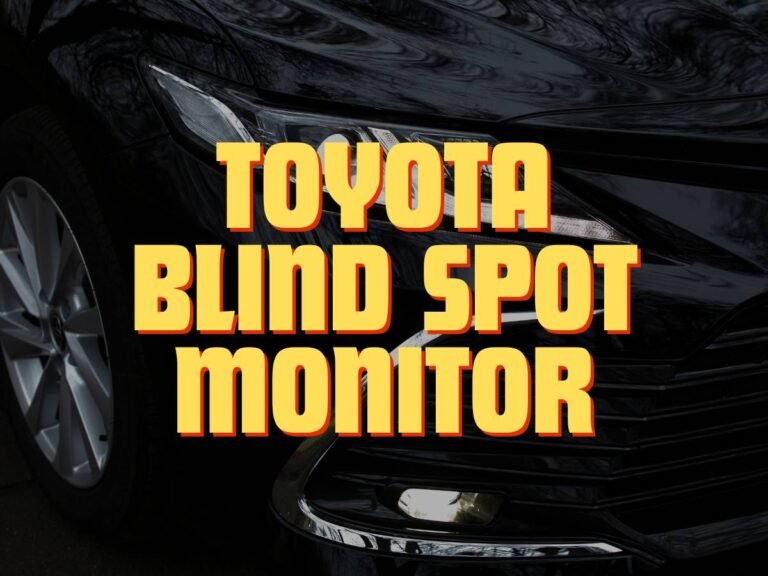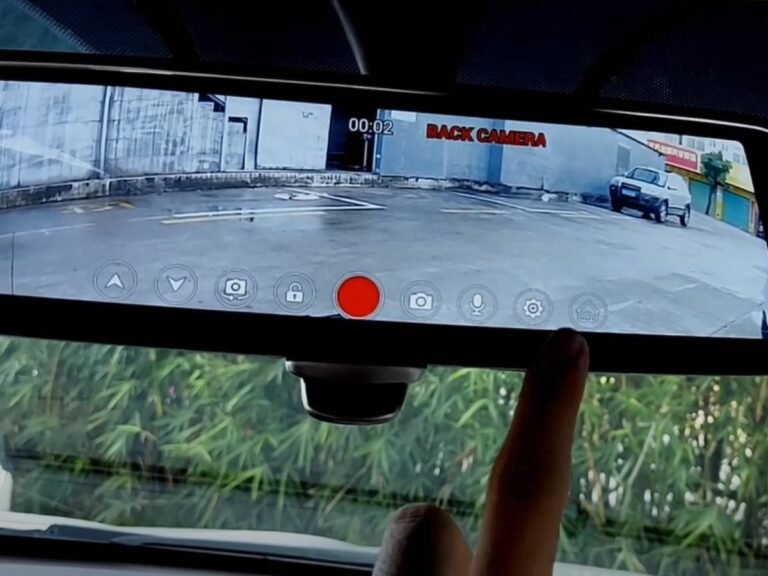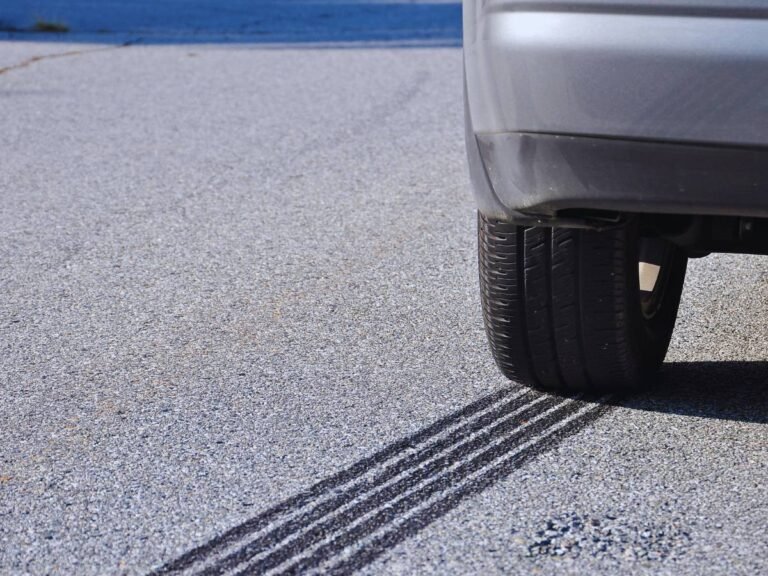A Beginner’s Guide to Car Radar Sensor & Its Applications
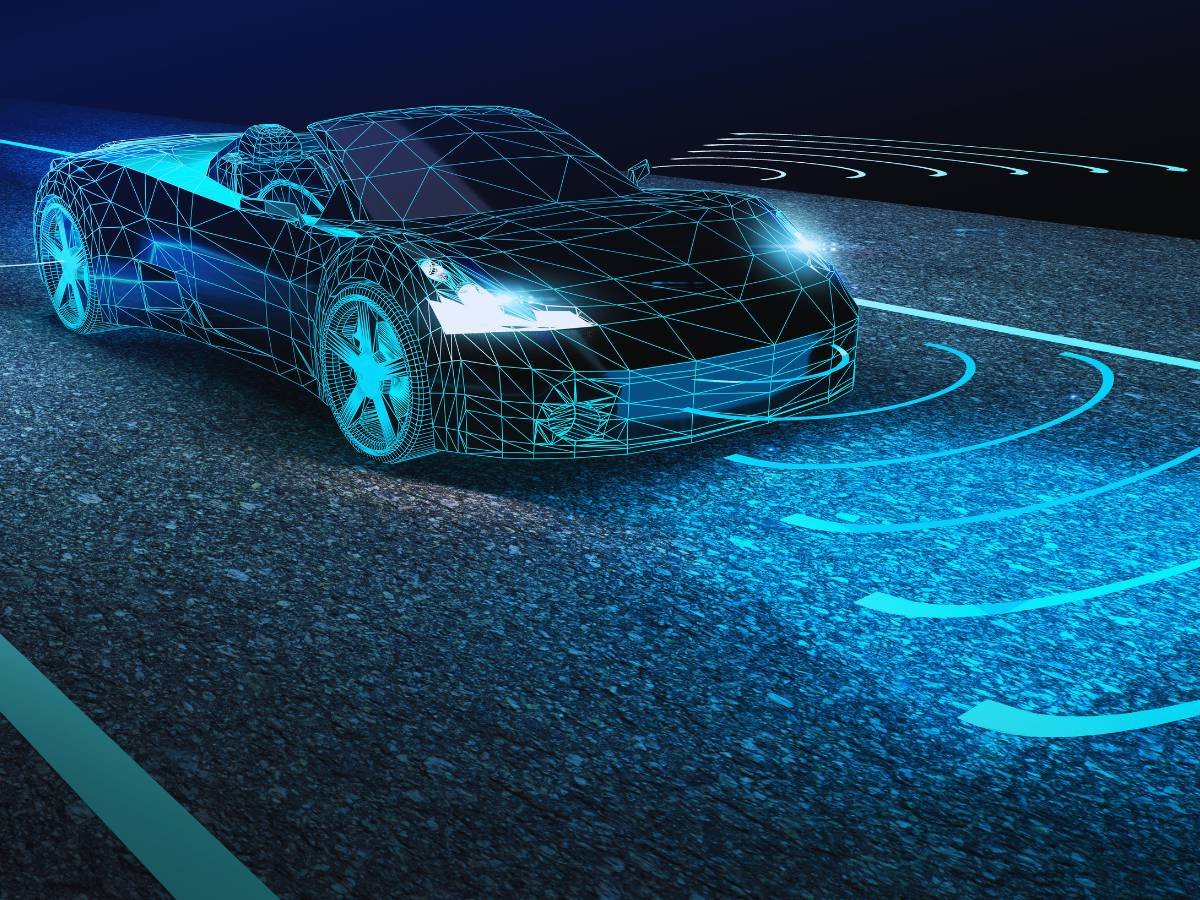
Car radar sensors have become pretty common today. So much so that most modern vehicles come equipped with these sensor-based systems. Their primary purpose is to detect other vehicles in your car’s proximity. While its function is pretty straightforward, its framework can be pretty challenging to understand.
So, what is a car radar sensor? More importantly, what are its applications? Let’s find out everything about this safety device in this detailed guide!
Introduction to Car Radar Sensor
A car radar sensor is a sophisticated electronic device used in modern vehicles to detect objects in the vehicle’s vicinity. Utilizing radio waves, radar sensors measure the distance, speed, and angle of objects, providing critical data for various driver assistance systems.
These sensors play a pivotal role in enhancing vehicle safety. They enable features such as adaptive cruise control, collision avoidance, and parking assistance.
Advanced radar systems can differentiate between stationary and moving objects. They provide detailed situational awareness to the car’s onboard systems.
Framework Of Car Radar Sensor
Radar technology is based on the principle of sending out radio waves and interpreting the signals reflected back. Here’s how it works:
- Transmission: The radar sensor emits a burst of radio waves.
- Reflection: These waves hit an object and reflect back towards the sensor.
- Reception: The sensor receives the reflected waves.
- Processing: The time delay between transmission and reception is calculated to determine the distance to the object. This frequency shift of the returned signal, known as the Doppler effect, is used to measure the object’s speed.
A typical car radar sensor consists of the following components:
- Transmitter
- Receiver
- Antenna
- Signal Processor
- Microcontroller
By continuously emitting and receiving radio waves, radar sensors provide real-time data about the vehicle’s surroundings. It enables advanced safety and automation features. This technology is essential for the development of modern, intelligent transportation systems that prioritize safety and efficiency.
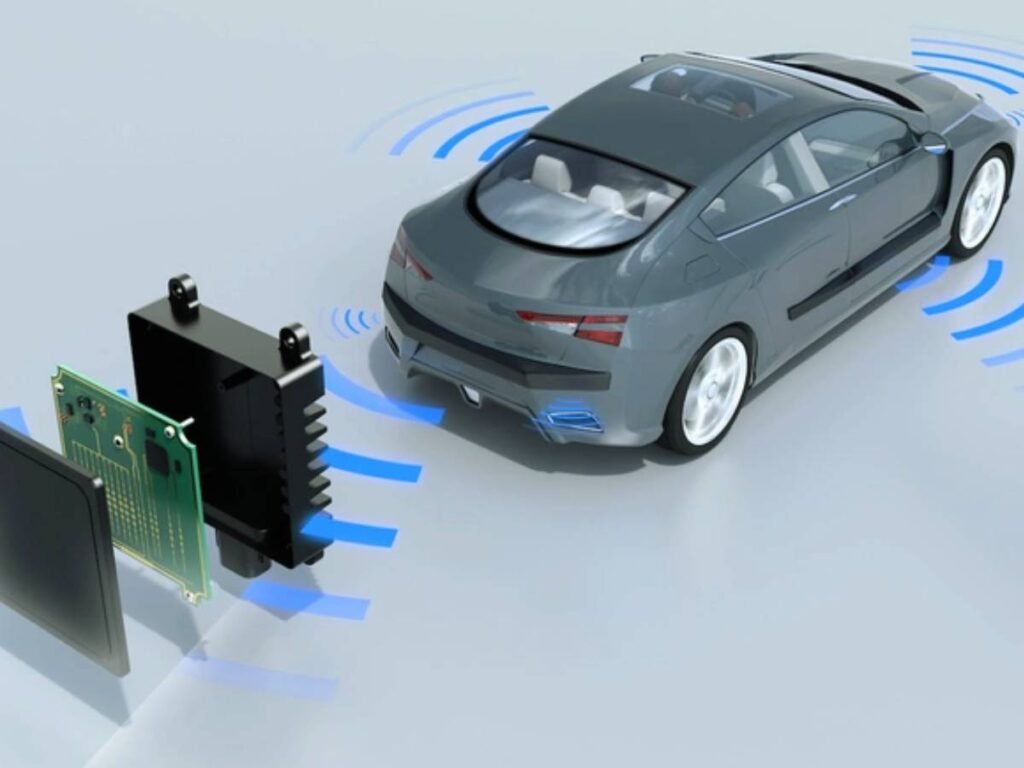
Types Of Car Radar Sensor
Car radar sensors come in various types, each designed for specific applications within the vehicle. These sensors are categorized based on their range. The most common options are the following:
Short-Range Radar Sensors
Short-range radar sensors typically cover distances up to 30 meters. They operate at higher frequencies, often around 24 GHz. That allows for high resolution and accurate detection of objects at close range.
Key Features
- Provides detailed information about objects close to the vehicle.
- Capable of detecting objects in a broad area around the car.
- Suitable for applications requiring rapid detection and response.
Mid-Range Radar Sensors
Mid-range radar sensors have a detection range of approximately 30 to 100 meters. Operating at frequencies like 77 GHz, these sensors balance between short-range detail and long-range detection, providing versatile applications.
Key Features
- Suitable for detecting objects at medium distances.
- Can be used for both safety and convenience features.
- Provides a balance between resolution and range.
Long-Range Radar Sensors
Long-range radar sensors are designed to cover distances up to 250 meters or more. These sensors operate at frequencies like 77 GHz or 79 GHz. That provides reliable performance for high-speed scenarios.
Key Features
- Capable of detecting objects at great distances.
- Maintains accuracy and reliability even at long ranges.
- Narrower field of view compared to short-range sensors, but highly effective for long-distance detection.
Applications of Car Radar Sensor
A car radar sensor is integral to modern vehicles, enabling a range of advanced driver assistance systems (ADAS). They enhance safety, convenience, and driving experience. Here are its common applications in modern cars:
Adaptive Cruise Control (ACC)
ACC represents a considerable advancement over traditional cruise control systems. That is by using long-range radar sensors to maintain a safe distance from the vehicle ahead. This system automatically adjusts the car’s speed based on traffic conditions. Thus, it manages the gap between your vehicle and the one in front.
It provides enhanced safety by reducing driver fatigue and ensuring smooth driving, particularly on highways. The radar sensors detect vehicles up to 250 meters ahead, monitor the distance and relative speed, and adjust the vehicle’s speed as necessary. It makes the car slow down when traffic slows and resumes the set speed when the road clears.
Collision Avoidance Systems (CAS)
Collision avoidance systems are designed to prevent or mitigate the severity of a collision. These systems utilize radar sensors to detect potential obstacles and take corrective actions. It can activate emergency braking if a collision is imminent and the driver fails to respond in time.
Additionally, these systems provide visual and auditory warnings to alert the driver of potential dangers. Radar sensors continuously scan the area in front of the vehicle, and assess the risk of a collision based on the speed and trajectory of detected objects. They issue warnings or engage the brakes as needed to avoid or lessen the impact of a collision.
Blind Spot Detection Systems (BSD)
Blind spot detection enhances driver awareness by monitoring areas that are typically hard to see, especially during lane changes. These systems use short-range radar sensors to detect vehicles in adjacent lanes that may not be visible in mirrors. They provide visual or auditory alerts when a vehicle is detected in the blind spot.
It helps prevent accidents by alerting drivers when it’s unsafe to change lanes. The short-range radar sensors continuously monitor the vehicle’s blind spots on both sides. If a vehicle is detected, the system alerts the driver. It does so through indicators on the side mirrors or dashboard.
Parking Assistance Systems
Parking Assistance systems simplify the parking process by using radar sensors to detect obstacles and provide guidance. They identify objects around the vehicle, including those that may not be visible to the driver. Then, they offer visual and auditory guidance to help maneuver into parking spaces.
Some advanced systems can even control steering and braking to automatically park the vehicle. Short-range radar sensors scan the surroundings for obstacles, providing real-time feedback and guidance to the driver. That is via the infotainment screen or audible signals. In some models, it takes control of steering, acceleration, and braking to park the vehicle autonomously.
Traffic Sign Recognition System
Traffic sign recognition systems enhance driver awareness by detecting and interpreting traffic signs, ensuring compliance with road regulations. They use radar and camera sensors to identify traffic signs such as speed limits, stop signs, and yield signs. Generally, they display the detected signs on the dashboard or head-up display to keep the driver informed.
These systems ensure that drivers are aware of current road regulations and can adapt their driving accordingly. That includes adjusting the vehicle’s speed based on detected speed limit signs.
Conclusion
Car radar sensors are revolutionizing the automotive industry by providing critical data for advanced driver assistance systems (ADAS). In short, they enhance safety, convenience, and overall driving experience. Their integration with various safety tools, like blind spot detection and parking assistance makes them integral to modern vehicles.
These sensors use sophisticated radar technology to detect and measure the distance, speed, and angle of objects. Ultimately, it ensures reliable performance even in adverse weather conditions. These sensors are essential for developing reliable and safe self-driving vehicles, making our roads safer and driving more efficient.



